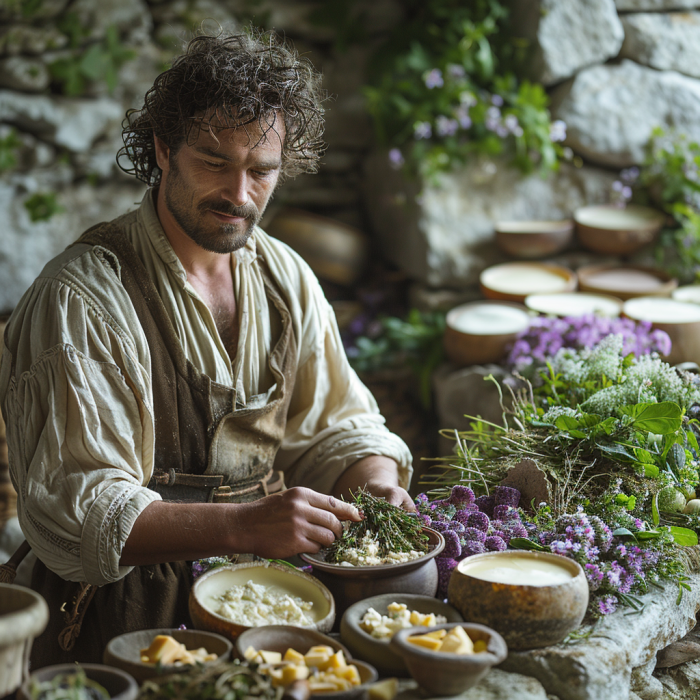Did St. Patrick's Day Traditionally Feature Green Cheese?
MARCH 09, 2024

While the idea of 'Green Cheese' specifically for St. Patrick's Day is more myth than reality, the use of natural coloring agents in cheese-making is a practice steeped in history. Annatto, for example, has been used for centuries to give cheese a distinct hue. This historical practice underscores the ingenuity of early cheese-makers and reflects broader trends in dairy science, where aesthetics and gastronomy intertwine.
The evolution of cheese-making techniques over the centuries highlights the adaptability of dairy science to meet changing tastes and traditions. From the basic principles of milk coagulation to the sophisticated methods seen today, the journey of cheese-making is a fascinating reflection of human ingenuity.
While St. Patrick's Day may not have historically featured the specific tradition of making 'Green Cheese,' the celebration of this day invites us to explore and appreciate the rich history of cheese-making. It prompts us to consider how historical events and cultural practices have shaped our culinary traditions, even if, in this case, the connection between St. Patrick's Day and green-colored cheese is more a product of modern imagination than historical fact.
Thus, as we don green attire and partake in St. Patrick's Day celebrations, let's also remember the timeless art of cheese-making. It is an art form that has woven its way through history, adapting and evolving, yet always remaining a symbol of cultural identity and festivity.
More in History
November 11, 2024
How Are Veterans Contributing to American Cheesemaking?
October 29, 2024
How has Halloween Influenced Cheese Throughout History?
June 03, 2024
What Makes Florette Cheese a Modern Culinary Marvel?
May 20, 2024
How Did Smoked Gouda Cheese Become a Culinary Staple?
May 17, 2024
How Has Memorial Day Influenced the Evolution of Cheese?
March 09, 2024
Did St. Patrick's Day Traditionally Feature Green Cheese?
March 07, 2024
How Easter Traditions Shaped Cheese-Making History
February 29, 2024
Discovering the Essence of Smoked Gouda: A Journey Through Time